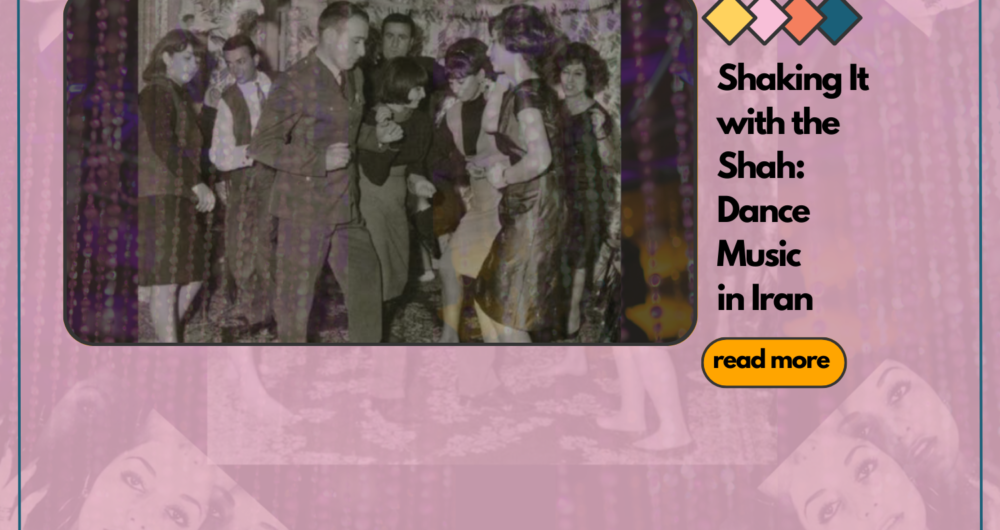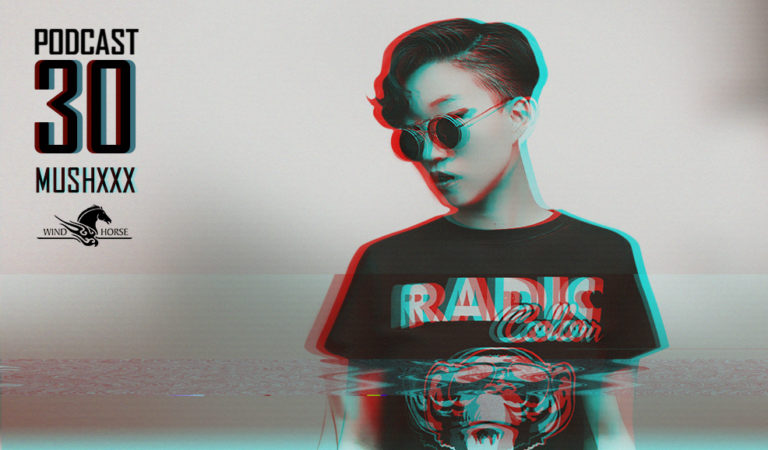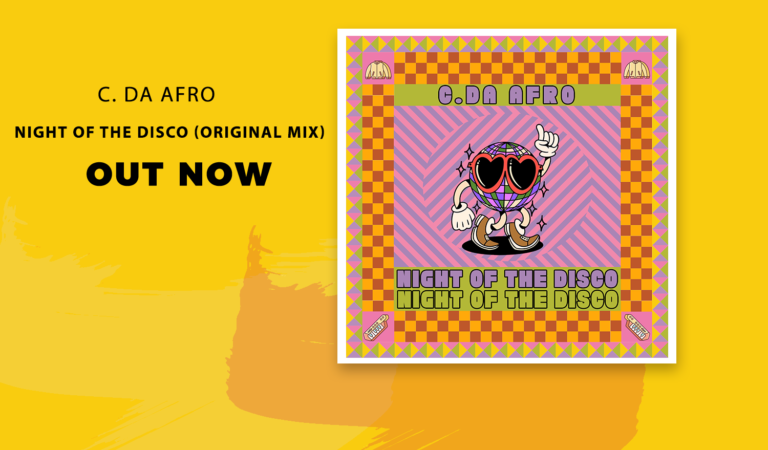Dance music was first introduced to Iran in Qajar’s dynasty with the invention of radio and the frequent trips the Qajar kings used to make to Europe, and especially France. They were great admirers of the European culture, and as a result, western influenced music slowly grew in popularity, maturing to eventually become more popular than traditional Iranian music, with the rise of stars like Vigen Terterian in the 1950s and 60s.
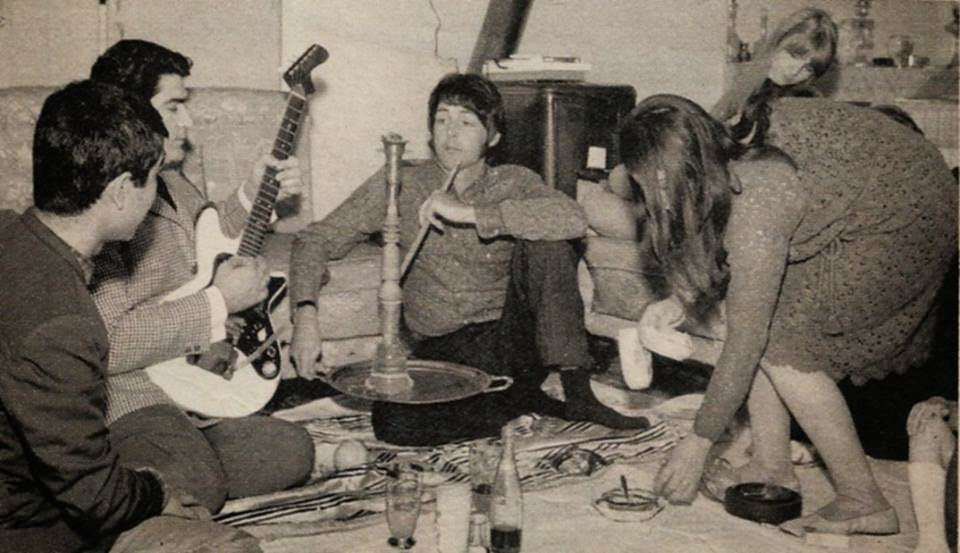
Perhaps the most interesting era of Iranian music was in the 70s, with the introduction of electronic instruments. Adopted by many home-grown musicians, the combination of traditional Iranian music and electronics helped create a unique Middle Eastern take on disco.
Before the Islamic Revolution, Iran was full of cultural delights that mixed east and west together. In the 70s, artists like Farrokhzad Fereydoun — an openly gay musician, political scientist, and TV host — and Kourosh Yaghmaei (whose works were compiled just five years ago by Now Again Records) were enjoying mainstream success in the country. Artists like Shohreh and Ebi were fuelling a vibrant music culture that mixed psychedelic pop, folk, and middle-eastern rock. Some of the biggest artists of the age, Googoosh, Dariush, and Farhad Mehrad were creating songs full of soaring emotion.
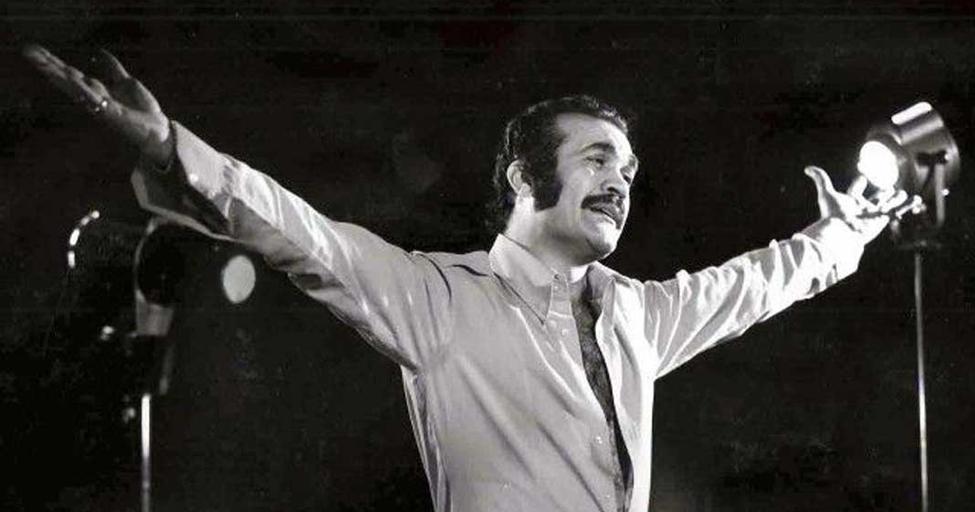
After the revolution, contemporary music, art, and performance were restricted, curtailed under laws brought in to make the country more Islamic, in line with the new regime’s beliefs. Widespread censorship was enforced, there was a desire to rid the country of Western influence. A number of artists either fled the country to continue in their careers, or remained in Iran and adjusted to a new life. Googoosh, one of Iran’s biggest pop stars, has not performed in her home country since the revolution. With the exception of vocalist Shiva Soroush, who performed in Tehran in both 2013 and 2015, laws allow female singers to appear only in a group and only as background performers for male soloists.
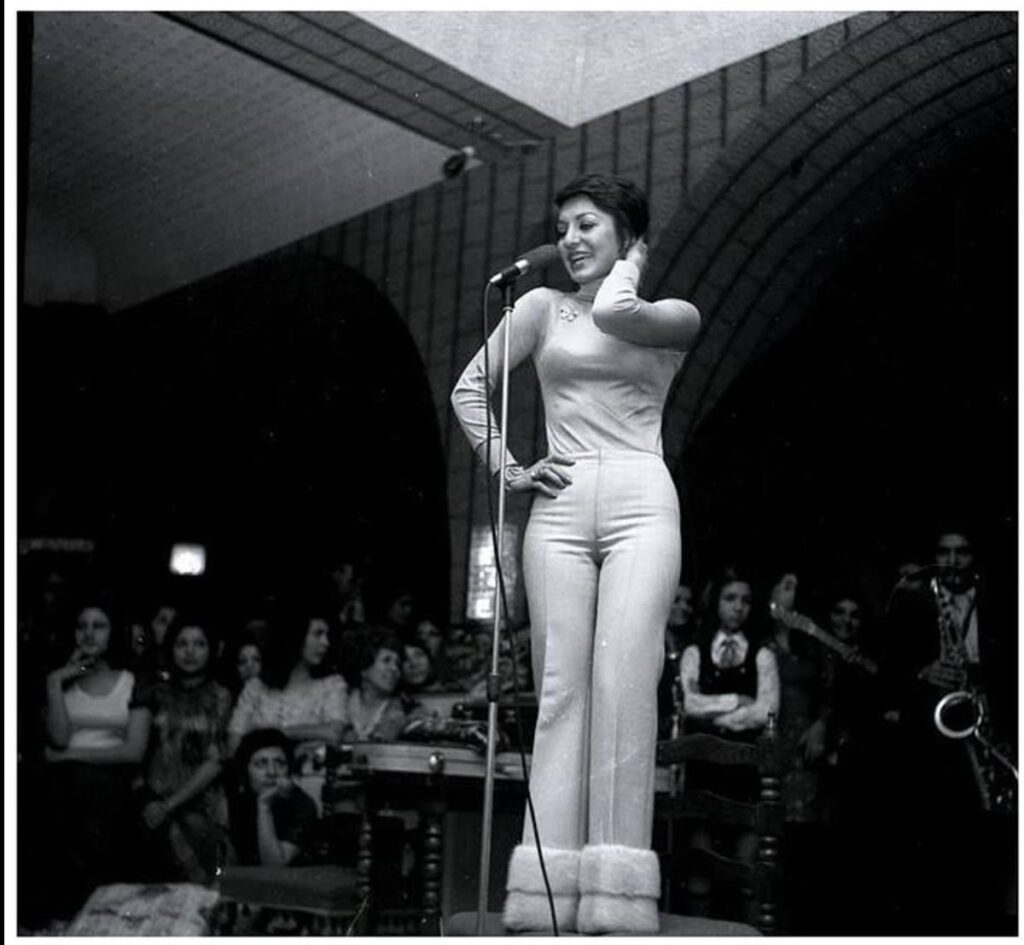
Some of these restrictions towards art and music remain in place today, but contemporary music scenes still exist in Iran in one way or another. There is a more than healthy group of young electronic musicians and producers making great music, and while ‘club culture’ as we know it is non-existent in Iran — alcohol is illegal and live shows are difficult to arrange — a nightlife scene can be found there, it’s just a little tougher to discover.

